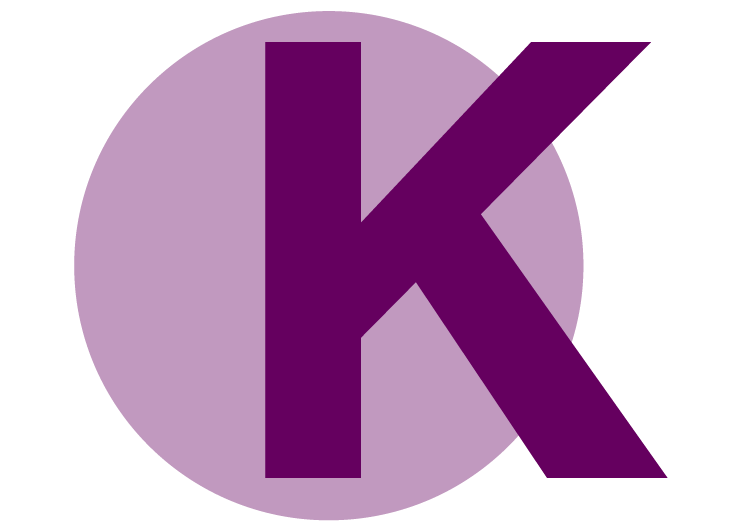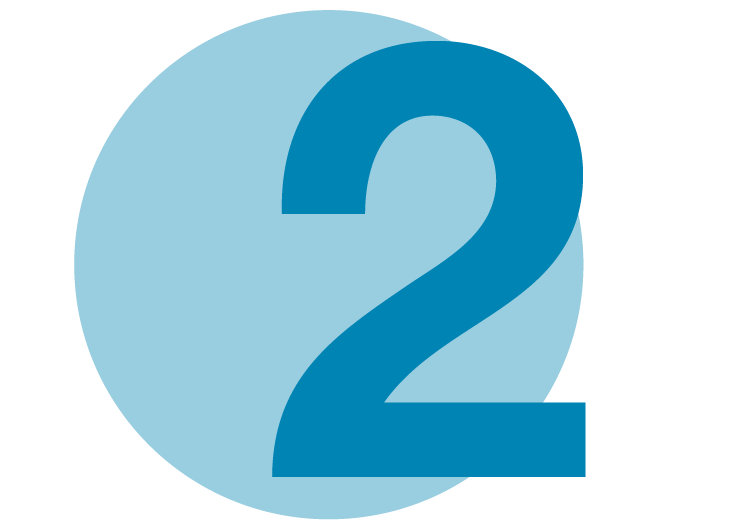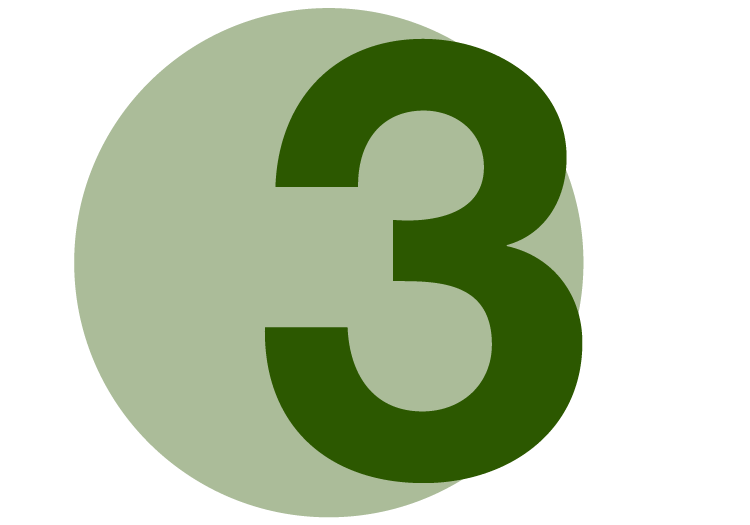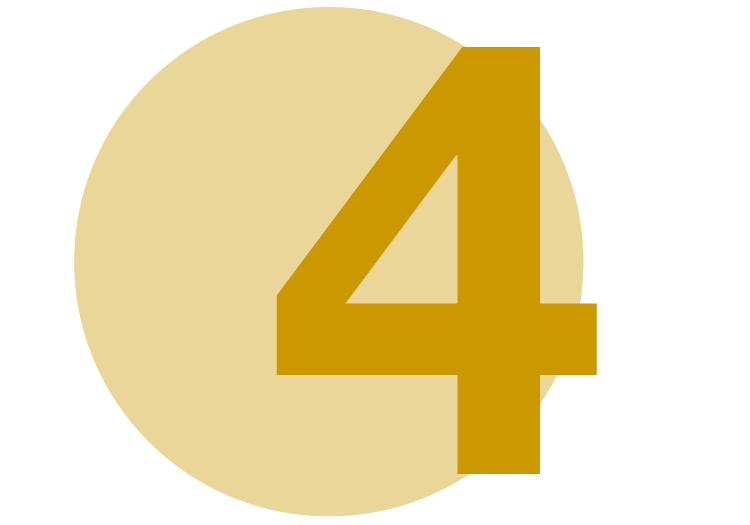Government mail service may be affected by the Canada Post labour disruption. Learn about how critical government mail will be handled.
Overview
In French first language and literature, students in francophone schools acquire knowledge and skills that support them in many areas of their lives and enable them to communicate orally and in writing with confidence and pride in various communication situations. Students read, write, listen, speak, view and represent and use strategies for understanding and communicating effectively in a variety of situations.
By exploring a wide variety of texts from local, national and international sources, students are exposed to diverse points of view and cultural experiences, allowing them to develop a francophone identity and contribute to the vitality of francophone communities.
Additionally, French first language and literature fosters students' appreciation of the beauty and richness of the French language and cultures.
Learn more (updated August 2025)
- How to use new LearnAlberta (video)
- Read the K to 6 curriculum and draft 7-9 curriculum on new LearnAlberta
- Download the K to 6 curriculum fact sheets
- Download the draft 7 to 9 curriculum fact sheet
From draft to new curriculum: Content update summary
Current and new curriculum comparison
The following list shows how elements in the current K to 6 Français langue première curriculum, published in 1998, compare to the new French first language and literature curriculum. The comparisons provide examples and do not represent all the changes that were made.
| Current curriculum (1998) examples | New curriculum (March 2023) examples | |
|---|---|---|
| Francophones cultures and perspectives | Culture and identity are generally addressed. | Francophone cultures and perspectives are woven through all grades to develop a positive relationship with the French language, francophone identity and a sense of belonging to diverse francophone communities. |
| Text forms and structures | The term 'text' is not clearly defined. There is limited focus on learning about various forms of fiction and non-fiction texts. | The 'term' text is clearly defined to be more inclusive and diverse and to support digital and non-digital learning. It includes information and ideas provided in books, reports, websites, media, diagrams, pictures, oral stories and more. The functions, features, and structures of various forms of fiction and non-fiction texts are clear and explicit. |
| Oral communication | Oral language is generally addressed through listening and speaking. | There are clear expectations for students to develop oral language skills by listening, speaking, and presenting to an audience. |
| Vocabulary | There is a limited focus on acquiring new vocabulary. | There is consistent focus on developing vocabulary by understanding word formation, spelling and meaning. |
| Phonological awareness | There is a limited emphasis on recognizing and manipulating sounds. | There is a strong emphasis on spoken sound recognition and manipulation in Kindergarten to Grade 2 to support reading and writing. |
| Phonics | There is a limited emphasis on understanding the relationship between sounds and letters (phonics). | There are clear expectations for students to learn phonics from Kindergarten to Grade 3 and then apply this learning to reading and writing in later grades. |
| Reading | There is a limited emphasis on reading fluency and comprehension strategies from K to 6. There is limited exposure to literary works from a variety of sources. | There is clearly defined and consistent emphasis on developing fluent reading and reading with expression from Kindergarten to Grade 4. Comprehension strategies follow a clear progression to enable students to understand information and ideas. Opportunities are provided for students to study a wide variety of texts from many communities, cultures and perspectives. |
| Text production | The writing process is not clearly defined or developed. | Processes and strategies are explicitly developed to support fiction and non-fiction writing. |
| Grammar | Content is not clearly defined and is based on traditional French grammar. | The new French grammar is presented in a clear and detailed sequence. |
Snapshot by grade
In new K to 6 French first language and literature curriculum, students will communicate clearly and confidently, learn about the relationship between letters and sounds, reading fluency, vocabulary, grammar, create and understand various fiction and non-fiction texts, and francophone cultures and perspectives.
Note: Examples are loose translations that capture the meaning of the original French text rather than word-for-word translations.
-
 Kindergarten
Kindergarten- Recognize texts in the student's environment such as their home or classroom.
- Develop verbal and non-verbal language skills to communicate and understand messages.
- Show understanding of the meaning of words used in daily life.
- Recognize all letters and some words.
- Identify the general meaning of messages read, seen or heard.
- Communicate ideas in different ways.
-
 Grade 1
Grade 1- Distinguish between texts that present ideas and texts that present information.
- Use active listening to understand and speak about familiar topics.
- Use new words and make connections between spoken and written language.
- Explore the meaning of new words and practise spelling them.
- Recognize letters and some words automatically and accurately.
- Consider strategies for making sense of messages in oral, visual and written texts.
- Express ideas and convey information using simple grammar rules.
-
 Grade 2
Grade 2- Understand the differences between fiction and non-fiction texts.
- Practise active listening and express the value of the French language in various communication situations.
- Explain the meaning of words and spell them using letter-sound relationships.
- Make connections between letters and the sounds they represent to read fluently.
- Identify the meaning of fiction and non-fiction texts, using comprehension strategies.
- Create fiction and non-fiction texts using complete sentences.
-
 Grade 3
Grade 3- Identify the characteristics and structures of fiction and non-fiction texts.
- Demonstrate active listening behaviours and a positive relationship with the French language in a variety of communication situations.
- Consider the meaning and spelling of words to expand vocabulary.
- Read complex words, phrases, and passages fluently and with expression.
- Apply strategies to make sense of messages in texts.
- Use ideas, grammar rules and creativity to write fiction and non-fiction texts.
-
 Grade 4
Grade 4- Recognize fiction and non-fiction texts according to their characteristics and structure.
- Consider the target audience when communicating in various situations.
- Study the formation and spelling of words to enrich vocabulary.
- Make connections between comprehension, experience, and response to various texts.
- Create texts that demonstrate a sense of pride in the French language while applying grammatical conventions.
-
 Grade 5
Grade 5- Understand the needs of the target audience when communicating.
- Contribute to the vitality of the French language.
- Use knowledge of word formation and spelling to check understanding and expand vocabulary.
- Demonstrate comprehension, explain response to texts, and develop a sense of belonging to the Francophonie.
- Apply the text creation process and grammatical conventions to write various genres of texts.
-
 Grade 6
Grade 6- Adapt communication according to the situation to ensure comprehension and to maintain the attention of the target audience.
- Contribute to a diverse Francophonie.
- Use an enriched vocabulary and spell words correctly.
- Recognize the influence cultural background has on understanding and response to texts.
- Analyze the text creation process and grammatical conventions to create various genres of texts.